Virginia Creeper
Parthenocissus quinquefolia
Have you ever pondered on the name of this native woody vine? The fact is it does not have anything to do with the State of Virginia, but rather with the state of virginity. The common name is an interpretation of the Latin name "Parthenocissus," where "partheno" stands for "virgin" or "fruitless" and "cissus" for "grape," both parts together meaning "fruitless grape." Of course Virginia creeper is not fruitless, yet its berries are inedible and hardened—even though it belongs to the grape family. Each woody vine (or liana) has a "purpose in life" to reach a position where it is fully lighted, so it can go into flowering and fruiting, and for that each has its authentic climbing device. Virginia creeper carries itself—the massive stems, five-foliolate leaves, clusters of small flowers, and colorful fruits—with the help of small adhesive disks borne at tips of short twisted tendrils. Even though these disks are tiny, together they attach this large, heavy liana to the support as well as the best superglue! Inconspicuous during most of the summer, Virginia creeper becomes showy in the fall, when its ripe berries become bright blue, contrasting with their crimson red stalks, and then leaves turn a rich scarlet to burgundy red. We, humans don't appreciate the hard berries, but they serve a key food source for fruit-eating birds: nuthatches, woodpeckers, blue jays, mockingbirds, and the rest. Quite a few native beetles and moths feed on Virginia creeper, particularly larvae of sphinx moths. Virginia creeper is one of those common plants with a broad North American geographic range covering most of the continent (except for western and northwestern US states and Canadian provinces), though it is considered introduced within major part of Canada.
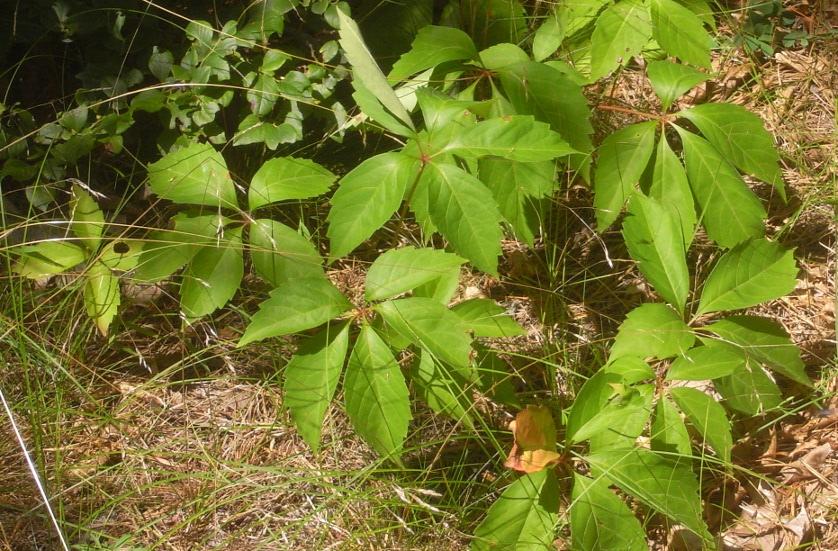
Leaves. August 2, Massasoit Wildlife Refuge, Plymouth
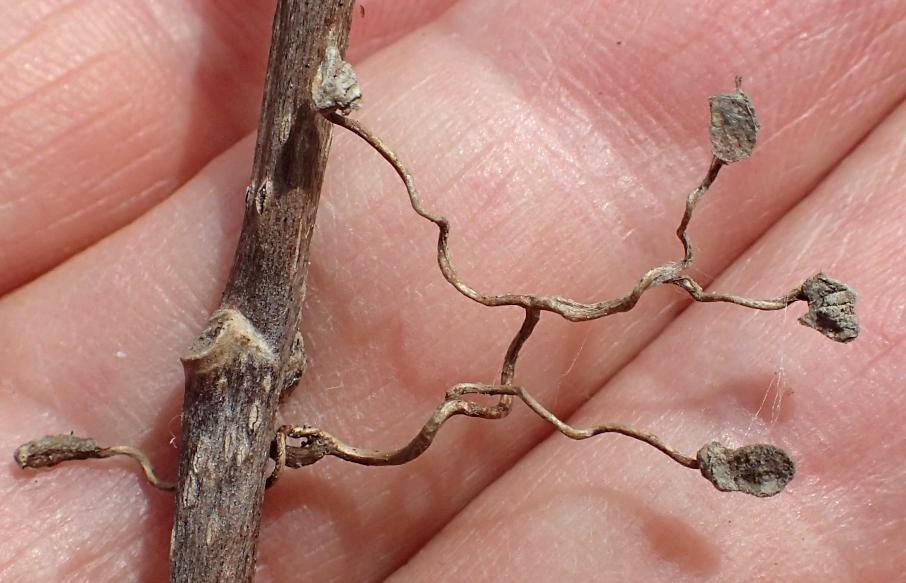
Adhesive disks. May 8, Beaver Brook Reservation, Waltham
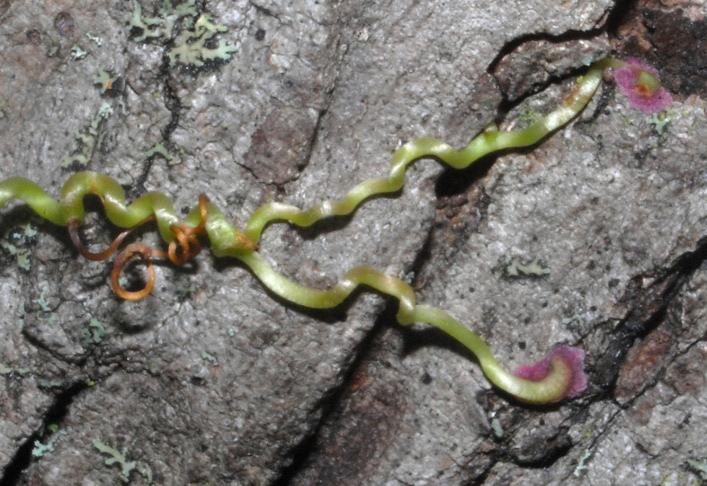
Adhesive disks. August 8, Beaver Brook Reservation, Waltham
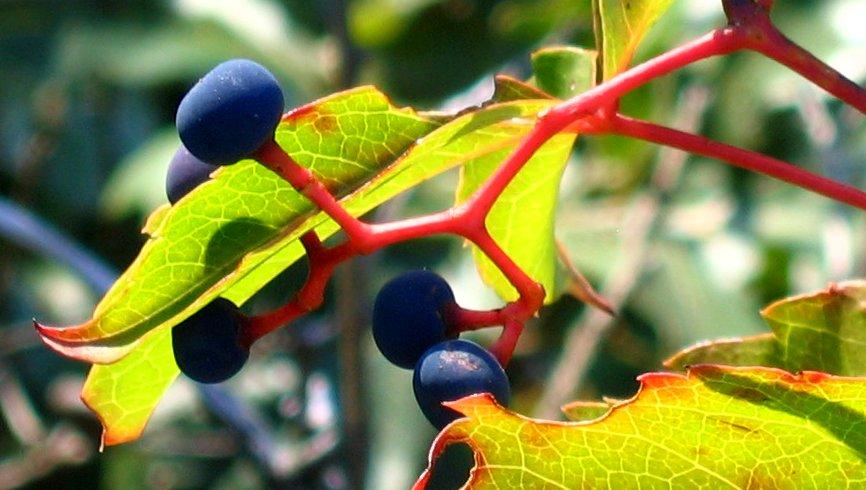
Berries. September 9, Blue Hills Reservation, Quincy
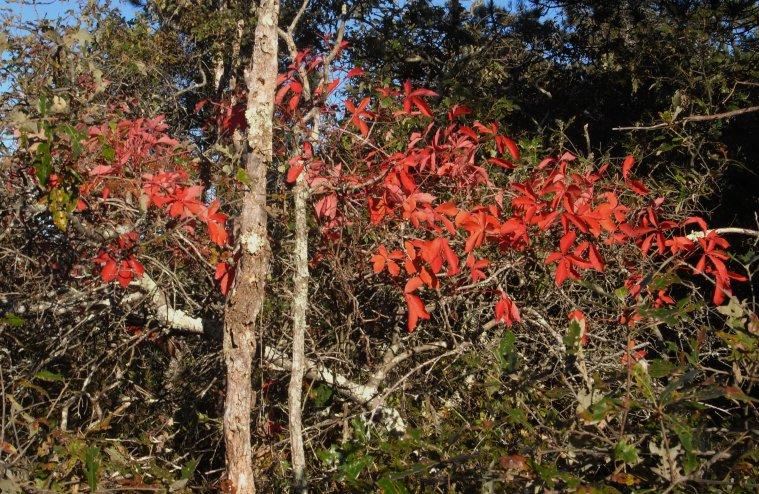
Autumn color. October 8, Myles Standish State Forest, Plymouth